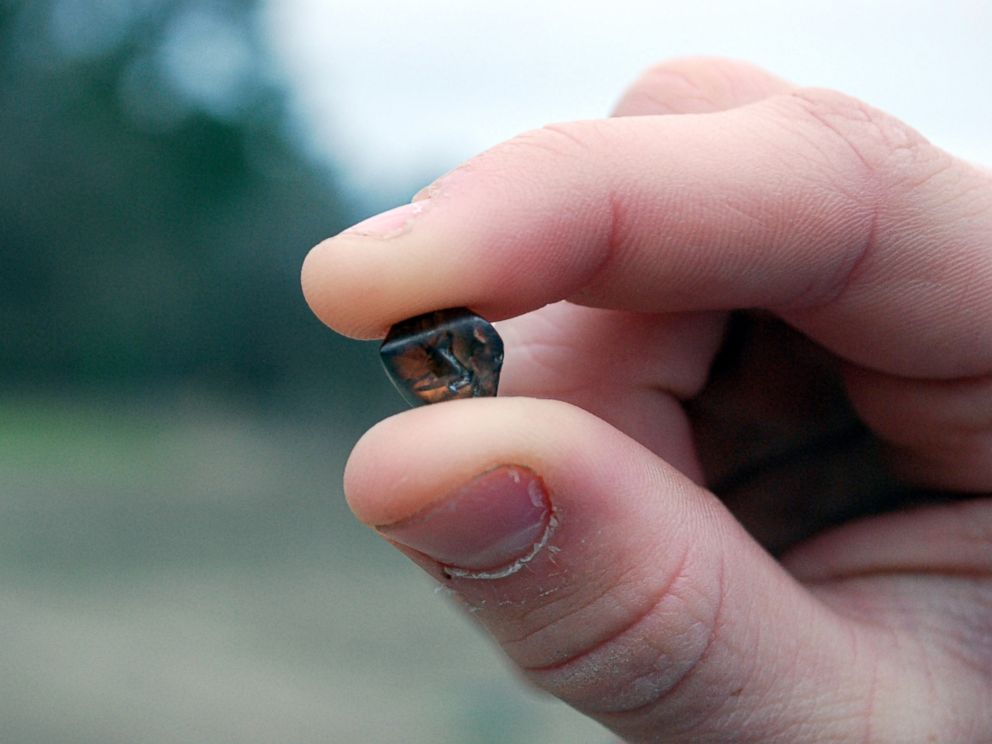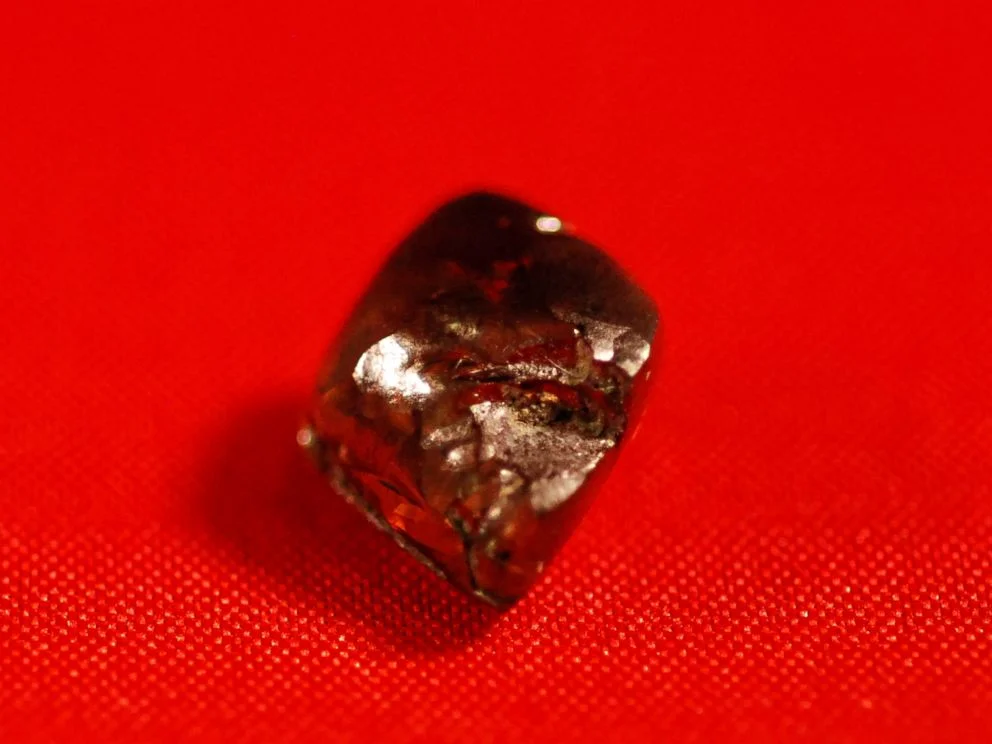7.44-carat Diamond Found by Teen
/Kalel Langford, 14, of Centerton, Arkansas, found the 7th-largest diamond ever discovered in Crater of Diamonds State Park
A teen named Kalel Langford just found a 7.44-carat diamond at Crater of Diamonds State Park in Murfreesboro, Arkansas. Kalel, 14, named it “Superman’s Diamond” after the comic book hero Superman whose real name is also Kal-El. It’s the seventh-largest diamond ever found in the park. The brown diamond is coffee-colored and about the size of a pinto bean. Kalel found it within his first 20 minutes at the park without even looking that hard, his mother said.
The overjoyed Kalel plans to keep the diamond as a special souvenir, but will possibly spend it wisely in the future. “For now he plans on keeping it until he has a chance to let it all sink in, and over time we’ll plan to make a decision,” said his mother. “He told us, ‘That’s what I’ll plan to use for college if I don’t get enough scholarships. And if I get enough scholarships then it can be a down payment for a house.’
“He’s a very good kid,” she added. “He is very much into science. He loves rocks and loves minerals.”
For more information on Crater of Diamonds State Park please visit http://www.craterofdiamondsstatepark.com/

















